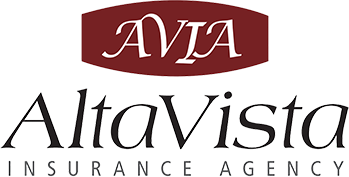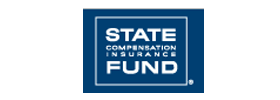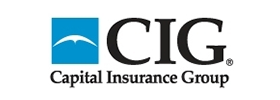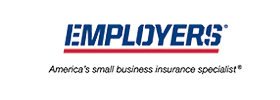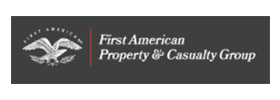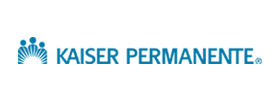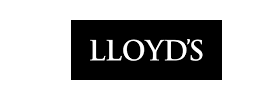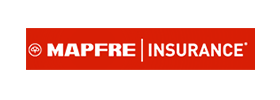What you need to know about protecting your lifestyle
The insurance market is in a “shift”. Rate activity has been increasing, claims frequency and severity has risen, and more than half of homeowners are underinsured by an average of 20 percent according to Christopher P. Hackett, senior director of Personal Lines for Property Casualty Insurers Association of America (PCIAA).
How should homeowners approach their insurance so they make sure they have the right protection for their assets?
We’ve put together a great checklist for homeowners to help you make a plan and take the right path with your insurance.
This is a great resource to use on our Personal TRAIL!
Checkpoint 1: Updates to your home
Whether you recently purchased your home or owned it for many years, it’s important that you review any home improvements with your insurance agent. Things like adding square footage, new flooring, remodeled kitchens and bathrooms, auxiliary dwelling units (AUD), solar panels, etc.
Agent Tip: Ask your agent to recalculate your homes replacement value or insurance to value with the up-to-date information. Be sure to discuss any exposures associated with remodeling or additions with your agent so you have the right protection.
Checkpoint 2: Consider value and cost
A low premium is good, but your home insurance may be less because it doesn’t provide the right protection for your lifestyle. Peace of mind knowing all your assets are fully protected is more valuable than you think. Review your policy and understand the value your insurance company provides; financial stability, exceptional claims handling, and ease of doing business are some of the benefits to consider.
Checkpoint 3: My valuable items?
Look around your house. What are the items that are most valuable to you? Your homeowners insurance generally covers the contents of your home. However, there are limits on certain target items such as jewelry, artwork, collections, antiques and silverware. In order to protect these items up to their full value, you may want to add scheduled personal property coverage. If the items are damaged or stolen, you can have peace of mind knowing you are fully covered.
Checkpoint 4: Add extended dwelling replacement cost coverage
Review your dwelling coverage. Some home policies have limitations on the coverage for the structure. Make sure your coverage matches the reconstruction cost of your home and add extended dwelling replacement cost coverage. This will provide you with the additional coverage you need in case the replacement cost of your home rises over time due to increased construction costs, labor costs, or supply and demand.
Checkpoint 5: Review the need for earthquake and flood insurance
Homeowners insurance does not cover damage from outside flood waters or earthquakes. You need a separate flood insurance policy and earthquake insurance policy. Talk to your insurance agent about these common perils and how to avoid being uninsured.
